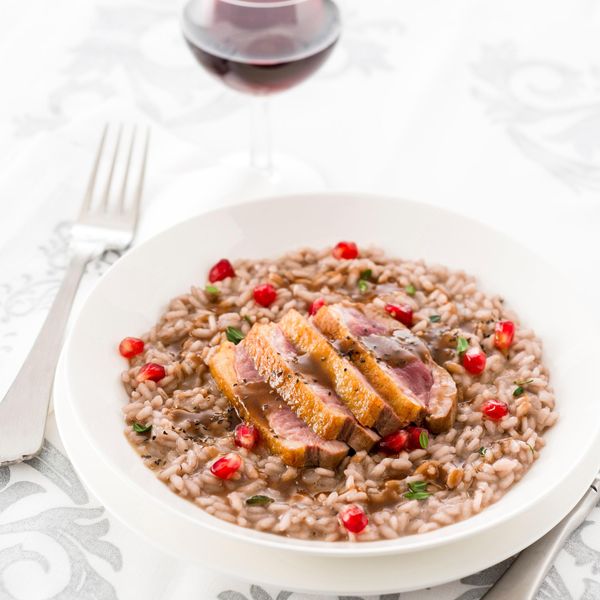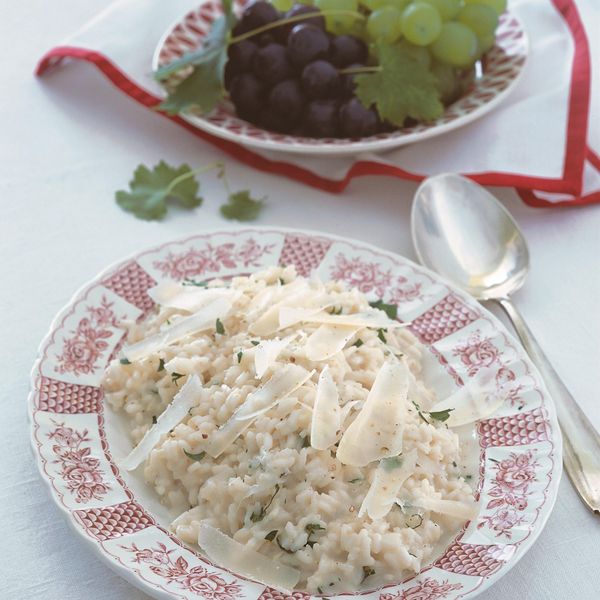
Artichoke is a herbaceous plant that derives from the wild thistle. The edible part of the artichoke is not the fruit, but the "flower head" that is the oval flower part, consisting of a receptacle in which the inflorescence is located, and the bracts (commonly called leaves) closely superimposed on each other. The inner ones are tender and delicate, the outer ones harder and more fibrous.
There are essentially two varieties of artichokes: those with thorns and those without. To the former belong the Sardinian, Ligurian, Palermo "Spinoso". Among the varieties without thorns, we remember the "Violetto" of Tuscany, Provence and Catania, the Roman artichoke, called mammola , the Catanese and that of Venice. The Spinoso di Sardegna is among the finest and most appreciated ones; intense green, with slight purple hues, it boasts a tender texture (crunchy and non-fibrous) and a slightly bitter sweet taste, characteristics that guarantee a thousand possibilities of combination and make it optimal both raw and cooked. From a nutritional point of view, the artichoke is low in calories and rich in iron, salts and vitamins, with recognized purifying and antioxidant properties.
If the artichoke is eaten raw, the most tender leaves are chosen and eaten in pinzimonio, dipping them in olive oil, salt and pepper; or they are cut into very thin wedges and served in salads, sometimes enriched with parmesan flakes. On the other hand, cooked artichokes can be enjoyed simply boiled and seasoned with olive oil and lemon; they are also excellent stuffed, sautéed and combined with numerous meat preparations, in risottos and pasta sauces.
How to buy and treat artichokes
When buying, the more turgid artichokes and with tightly closed leaves are preferred. The presence of the stems is important (the most tender part, about 15 cm) since they guarantee long life to the vegetables in the refrigerator-, there are excellent cooked, after having peeled and cut them in chunks. Before use, the artichoke must be carefully cleaned, depriving it of stalk, thorns and first hard leaves. Furthermore, since the cut artichoke tends to become black, it should be immediately immersed in water acidulated with lemon juice to stop its oxidation.







